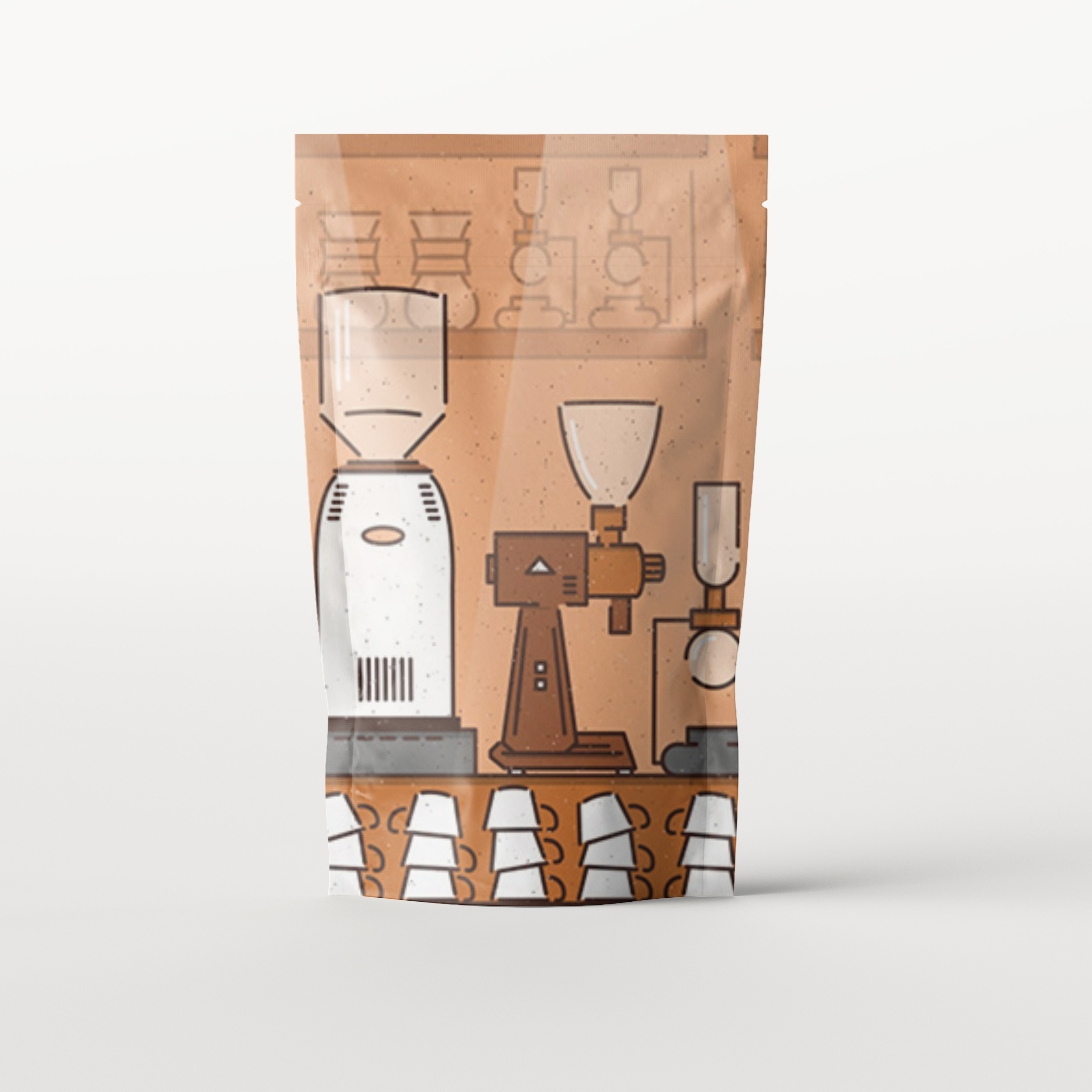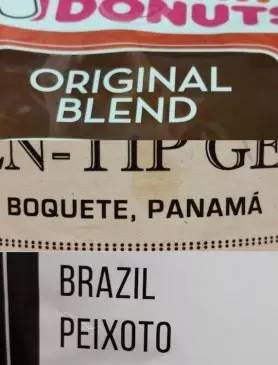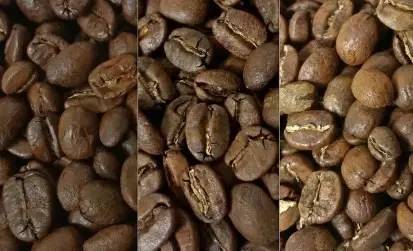How to Read Coffee Packaging
- Categories:Industry News
- Author:Jake
- Origin:
- Time of issue:2021-10-29 14:56
- Views:
(Summary description)In this artilce, you will learn How to Read Coffee Packaging
How to Read Coffee Packaging
(Summary description)In this artilce, you will learn How to Read Coffee Packaging
- Categories:Industry News
- Author:Jake
- Origin:
- Time of issue:2021-10-29 14:56
- Views:
Buying coffee is always a challenge, and if you can't read the information on the coffee packaging, it can be hard to find a quality coffee that suits your taste. Today, let me teach you how to read coffee packaging and how to use this information to find the perfect coffee for you.

First of all, the first point I want to make is: there is no certain rule for coffee packaging. There is no law that clearly defines the packaging methods and standards for coffee, which means that sellers can package it any way they want! Usually, the bigger the company's brand, the less information about the product on the packaging; the smaller the company, the more information about the product. We are not interested in the uniform roasted coffee of the big companies like Starbucks, we only want to drink high quality, small batch roasted fine coffee, and all this presupposes: you must read the dense words on the packaging!
Today, I will bring you some basic knowledge about coffee packaging. The following content is only personal experience, for reference only, if there is something wrong, welcome to discuss!
Common Coffee Packaging Information
1. Brand name: Obviously, all companies will have their brand name printed on the packaging. The brand is an important basis for our choice of coffee, but it is important to remember that not the bigger the brand (like Starbucks), the better the quality of the coffee. Sometimes choosing a smaller brand of beans can give you unexpected surprises!

2. Origin, blending or single product: This one is an important basis for our classification of coffee. Coffee origin markings are very similar to red wine, the packaging is usually printed with the obvious name of origin, although some traditional origin markings are not accurate, but still have some reference value. For example, coffee produced in Sumatra is usually herbaceous with a strong flavor, spicy taste and a strong texture. In addition to the origin, "blended" coffee usually has a constant taste and its quality stands the test of time; "single" coffee has a unique taste, but the quality is not as stable as blended coffee.
3. Coffee beans or coffee powder: No need to explain too much. If you have your own bean grinder, then buy coffee beans; if not, you can also choose ground coffee powder. Grinding your own coffee can maximize the freshness of the coffee, and ground coffee powder in advance will have more or less lost its flavor or quality. When buying ground coffee, pay attention to whether the degree of coffee grinding matches your brewing equipment.

4. Weight: There is no need to explain too much, there are certain standards for coffee packaging weight within the industry. In the past (U.S. only), bags of coffee usually weighed 16 ounces (454 grams), but now most manufacturers choose 12-ounce, 10-ounce, 8-ounce, or even 4-ounce packages, and by weight, you can surmise the quality and value of the coffee. Usually, micro-batch roasters of boutique roasts produce bags of coffee with a smaller weight, which means that the coffee is of high value and good quality, and this coffee is worth your careful taste.
5. Roast date: It is widely believed in the industry that the roast date is one of the most important factors in determining the quality of coffee, and I partially agree with this. In my opinion, in addition to the roast date, the packaging date of the coffee is equally important. If the roaster stores the roasted coffee in unsealed packaging, the coffee will also deteriorate faster. Ideally, a roaster should store coffee in a hot, sealed bag, and the coffee's excellent shelf life is usually 2-5 weeks; with the addition of a single vent, the coffee's shelf life can be extended to several months. Our rule is: the fresher the coffee, the better, so be sure to pay attention to the roast date on the package when buying coffee. Many manufacturers of major brands will print the words "Best Tasting Date" on the packaging, don't be fooled by this, the real roast date of the coffee is usually six months or one year before the "Best Tasting Date".
6. Use (drip or espresso): Sometimes the packaging of coffee will indicate the use of the coffee. In the past, most people drank drip coffee at home, so manufacturers would sometimes deliberately mark the word "espresso" for consumers' reference. Today, fine coffee has abandoned the uniform roasting model of the past, whether it is "drip" or "espresso", you can choose the brewing method according to your taste preferences.

7. Roast degree: I personally believe that simply using the words "light", "medium", "deep" to describe the degree of coffee roast is neither appropriate nor accurate. We have the impression that "deep" roasted coffees are smokier, heavier, and more bitter, but there are many factors that contribute to these flavors, and we cannot use the word "deep" in a nutshell. The current definition of roast level within the industry is very general, and the standard is not uniform, one company's "light" roast coffee may be similar to another company's "dark" roast coffee roast level, so here I would like to emphasize that the roast level can only be used for Please try not to make a choice based on the roast level indicated on the package.

8. flavor characteristics: compared to other information, the industry for the "flavor characteristics" of the standard is more difficult to unify, some simple to understand, such as "chocolate flavor", "nut flavor", "fruit flavor"; some are confusing, such as "black currant cream sauce flavor" or "dough flavor". Some are simple to understand, such as "chocolate", "nutty", "fruit", etc.; some are foggy, such as "black currant cream sauce flavor" or "dough flavor", especially for the unique taste of a single product coffee, to describe the taste of coffee It is almost impossible to describe the taste of coffee accurately and visually. I personally feel that few people taste coffee based on the words on the package. It's true that some characteristics have some reference value, and roasters have racked their brains to come up with these words, but what most consumers really care about is whether the brand of coffee is credible. So I suggest that manufacturers set up two different flavor description systems, one for the industry and one for the average consumer, to help them make a choice and improve their coffee experience with clear and concise terms.
Now that I have a general understanding of the basics of coffee packaging, how do I actually put it into practice?
- Remember trustworthy brands, don't blindly trust big brands: not the bigger the brand, the better the quality of the coffee. Remember, your personal experience is the most reliable basis for your coffee selection.
- Familiarize yourself with the common origins of coffee and the most obvious flavor profiles of local coffees to help you make the right choice.
- Check the product classification and usage. If the package does not say whether it is whole coffee or coffee powder, touch it to know.
- If you prefer espresso, you can choose a coffee with a slightly darker roast, which caramelizes more fully and has a fuller flavor.
- You need to get what you pay for. Coffee is usually worth every penny, too cheap coffee usually has defective sub beans, stale beans, or buyers exploit the interests of the growers, please do not buy.
- Don't put too much emphasis on the degree of roast. Only within the same brand will you notice the difference between different roasts. In general, the small, micro boutique roasters usually have less roast, and Starbucks' so-called "light roast" is simply darker than all the boutique roasters' dark roasts!
- Choose a coffee with a flavor profile that is easy to understand. I have tasted countless cups of coffee with "chocolate" and "nutty" flavors in my life, but I have never tasted "pineapple cake"!

